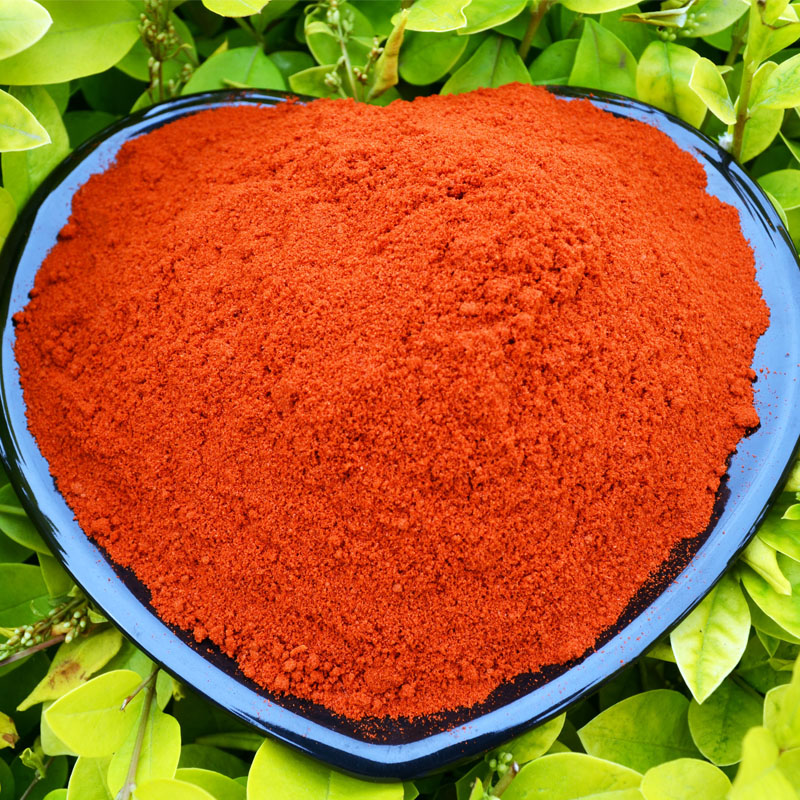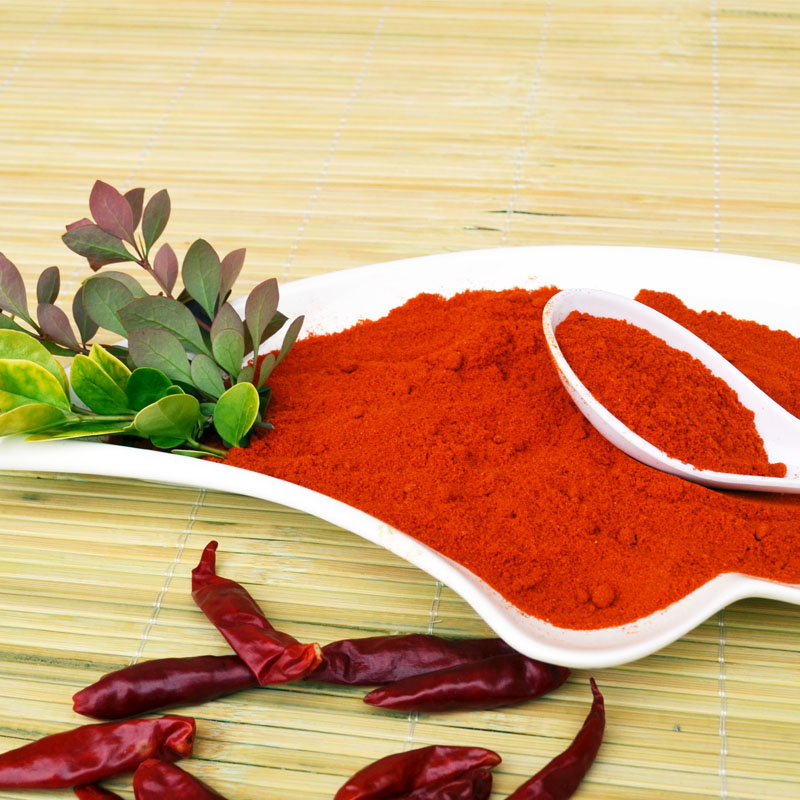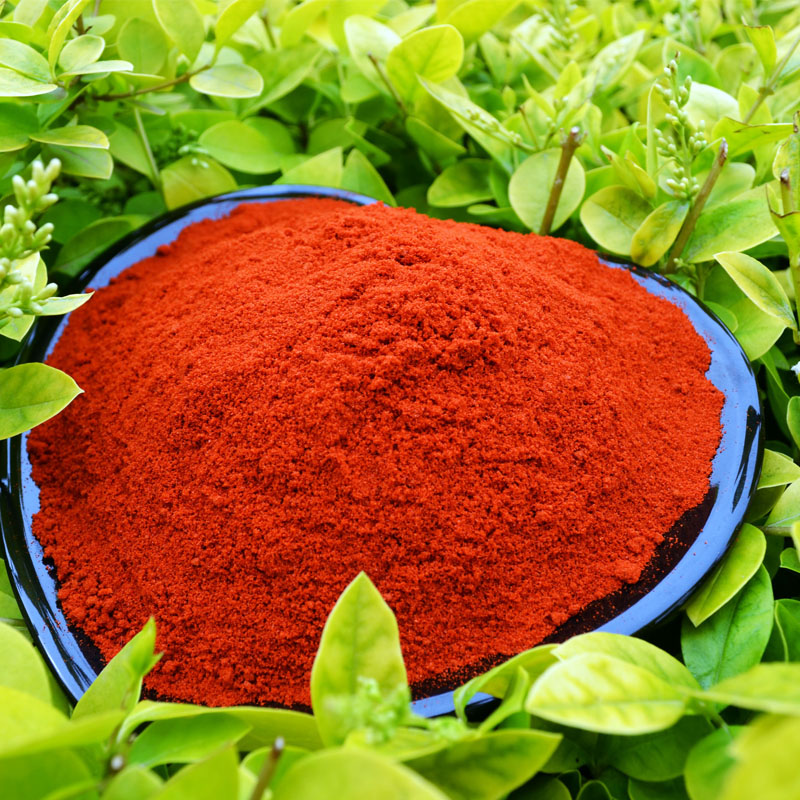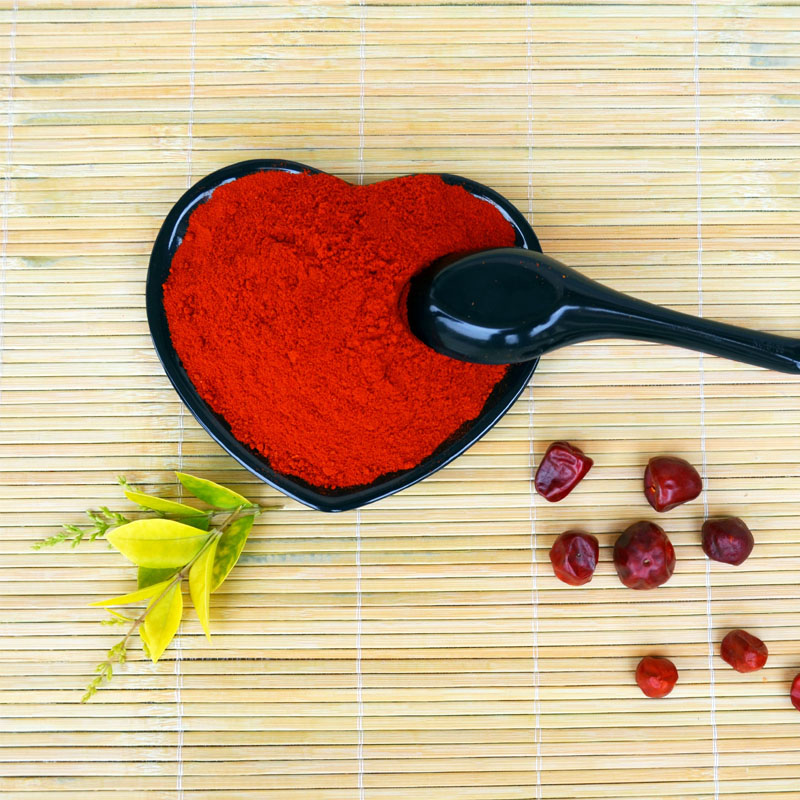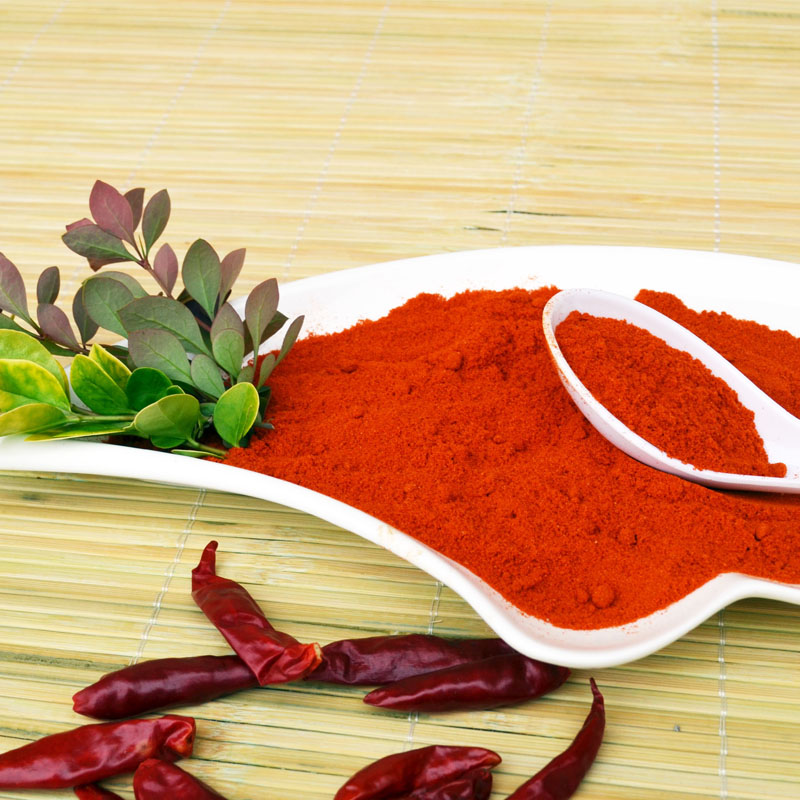
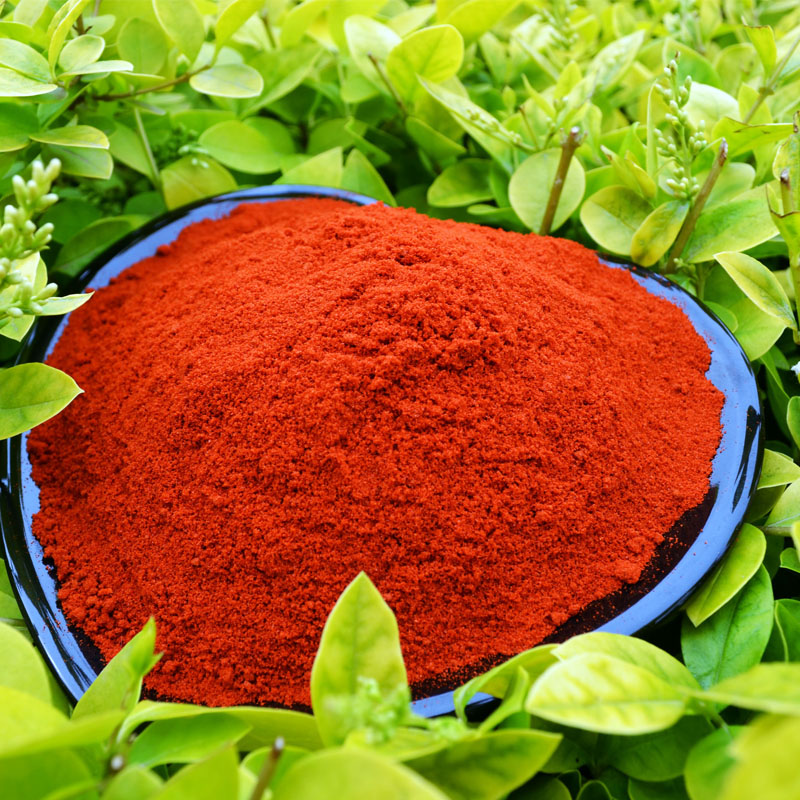
I nostri prodotti a base di peperoncino naturale e privi di pesticidi con additivo ZERO sono ora molto venduti nei paesi e nei distretti che amano utilizzarlo durante la cottura. Sono disponibili i certificati BRC, ISO, HACCP, HALAL e KOSHER.
Generalmente i nostri prodotti in polvere sono confezionati in sacchetti di carta da 25 kg con sacchetto interno sigillato in PE. E anche l'imballaggio al dettaglio è accettabile.
Red chili peppers, which are a part of the Solanaceae (nightshade) family, were first found in Central and South America and have been harvested for use since about 7,500 BC. Spanish explorers were introduced to the pepper while on a search for black pepper. Once brought back to Europe, the red peppers were traded in Asian countries and were enjoyed primarily by Indian cooks.
The village of Bukovo, North Macedonia, is often credited with the creation of crushed red pepper.[5] The name of the village—or a derivative of it—is now used as a name for crushed red pepper in general in many Southeast European languages: "буковска пипер/буковец" (bukovska piper/bukovec, Macedonian), "bukovka" (Serbo-Croatian and Slovene) and "μπούκοβο" (boukovo, búkovo, Greek).
